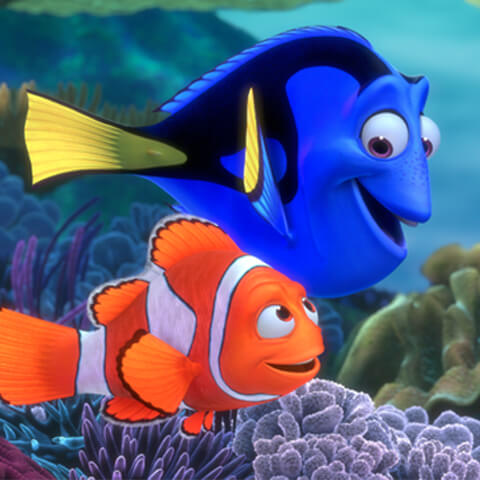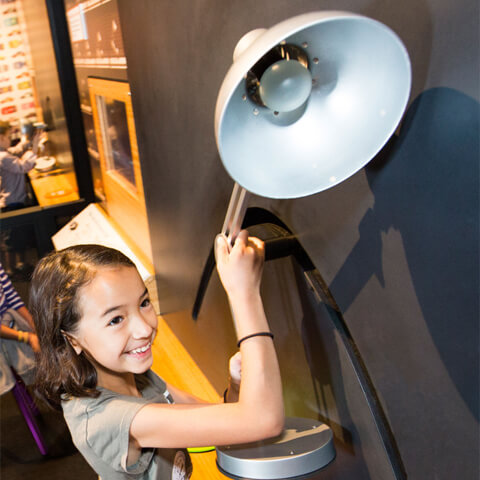

The Science Behind Pixar
Coming soon!
May 25, 2024—Jan. 5, 2025
Welcome to Pixarburgh!
Step into the world of Pixar in this upcoming blockbuster exhibition with Woody, Buzz Lightyear, Mike and Sulley, Nemo and Dory, and all your favorite Pixar characters!
Dive into the minds of the artists and computer scientists who help bring Pixar’s award-winning films to the big screen. Go behind the scenes with The Science Behind Pixar exhibition as you replicate Pixar magic using science, technology, engineering, and math (STEM) through more than 50 interactive and hands-on displays.
Flex your STEM muscles by taking on fun challenges throughout the two-story, 12,000-square-foot playground:












Plus, your selfies are about to get an animated upgrade! Strike a pose with life size re-creations of Buzz Lightyear from Toy Story, Mike and Sulley from Monsters University, Dory from Finding Nemo, Edna Mode from The Incredibles, and WALL•E from WALL•E.
Get ready for a thrilling, interactive, and informative experience with The Science Behind Pixar in Pittsburgh! Whether you’re booking a Pixar field trip, planning a family trip, or revisiting your favorite Pixar movies and characters, you’re in for a totally good time. Adventure awaits!
Visitor FAQ
How much do tickets cost?
Advance purchase of timed tickets is recommended.
$15 for all Members
Nonmember Adult: $22
Nonmember Senior (65+): $20
Nonmember Child (3–12 years): $18
The Science Behind Pixar + Carnegie Science Center General Admission – Save up to $7!
Nonmember Adult: $40
Nonmember Senior (65+): $35
Nonmember Child (3–12): $30
Do groups receive discounts?
Yes! Carnegie Science Center is now accepting group reservations for The Science Behind Pixar. Groups of 15 or more people receive a discount on The Science Behind Pixar when they book their visit at least two weeks in advance. Call 412.237.3400 to book a group visit today. Explore The Science Behind Pixar Educator Guide to support your group before and after a visit!
The Science Behind Pixar tickets:
Group (15+) – $13
The Science Behind Pixar + Carnegie Science Center Group Admission:
Weekday group – $23
Weekend group – $26
What age is this exhibition appropriate for?
We recommend the exhibition to children ages 5+; however, every child is different. If you have any questions, please feel free to ask any of our team members.
How long does it take to tour the exhibition?
We recommend you allot 60–90 minutes to tour the full exhibition.
May we take photos of The Science Behind Pixar?
Yes, we encourage visitors to take photos and videos. Don’t forget to tag @kaminsciencecenter! Members of the news media must contact Sarah Reichle at ReichleS@CarnegieScienceCenter.org to arrange for a photography shoot.
When is this exhibition on display?
Sat, May 25, 2024—Sun., Jan. 5, 2025
The Science Behind Pixar is only in Pittsburgh for a limited time.










